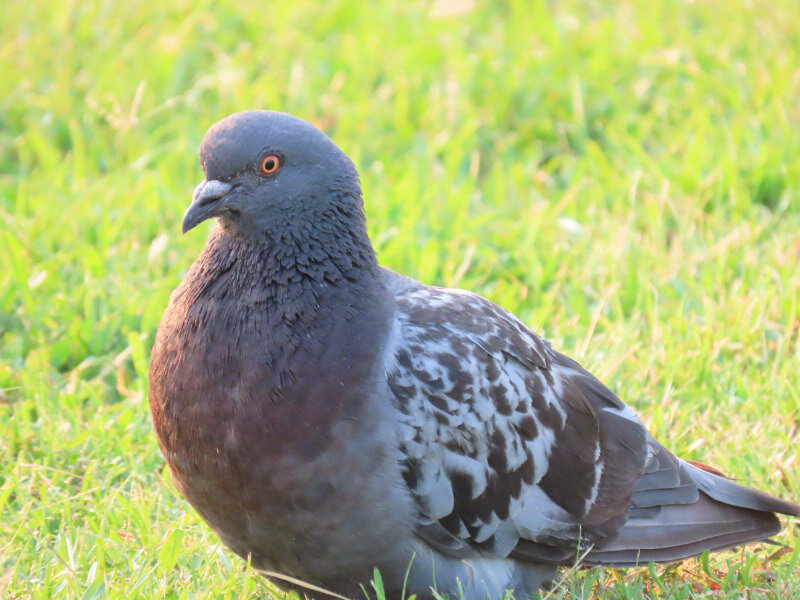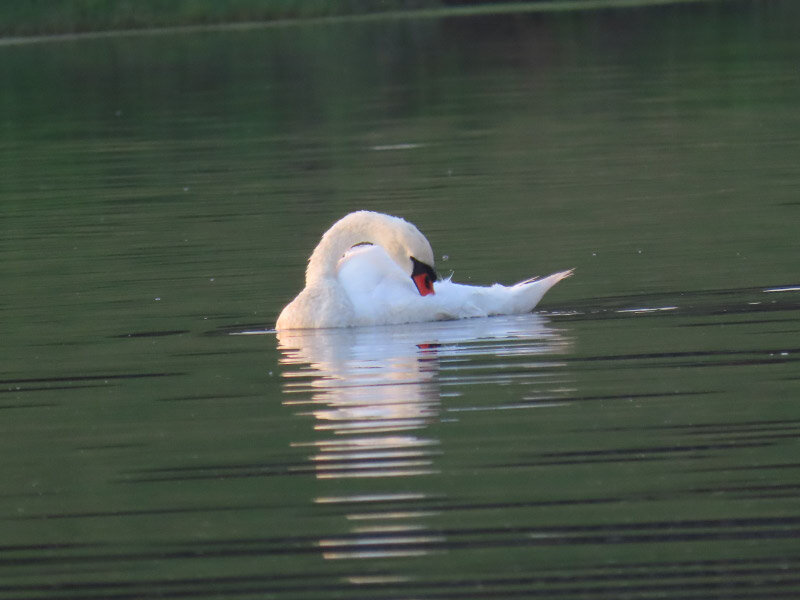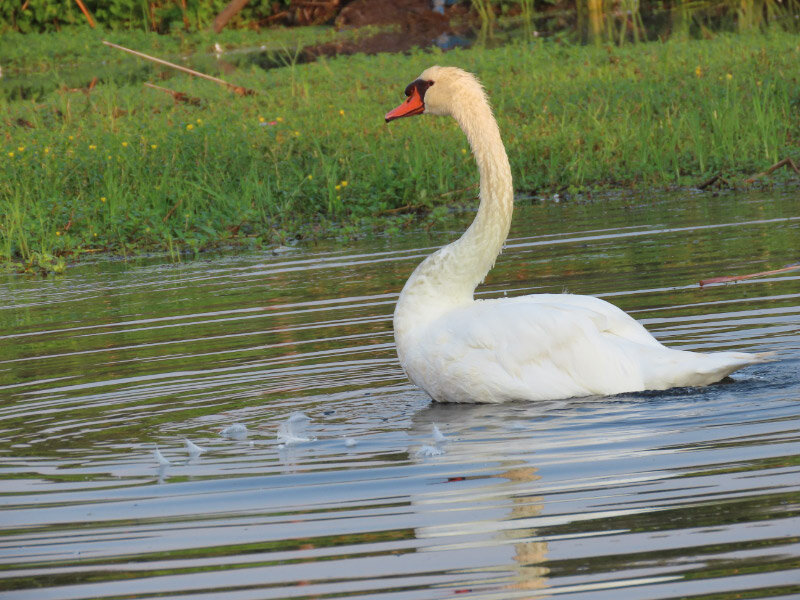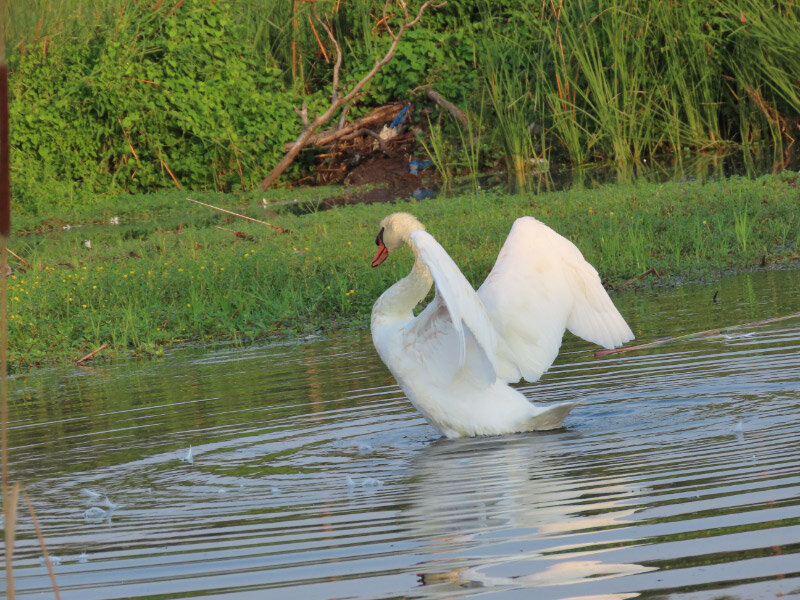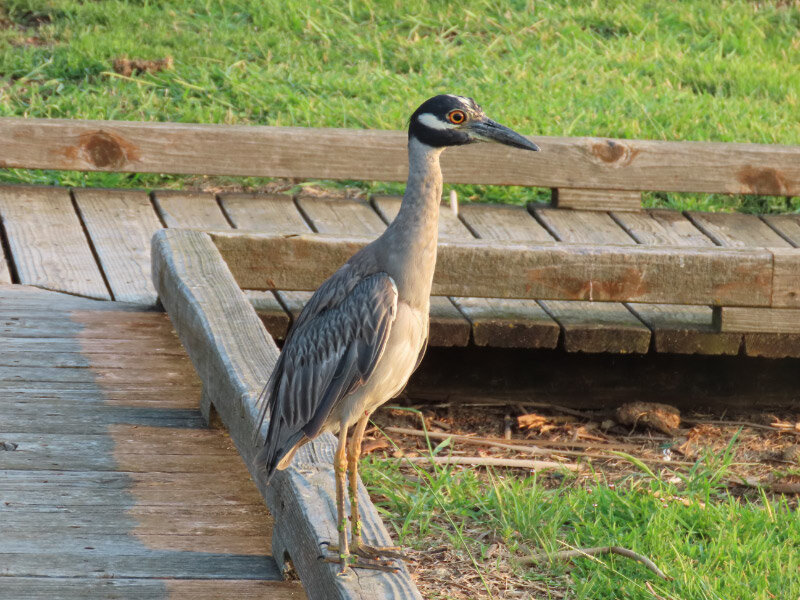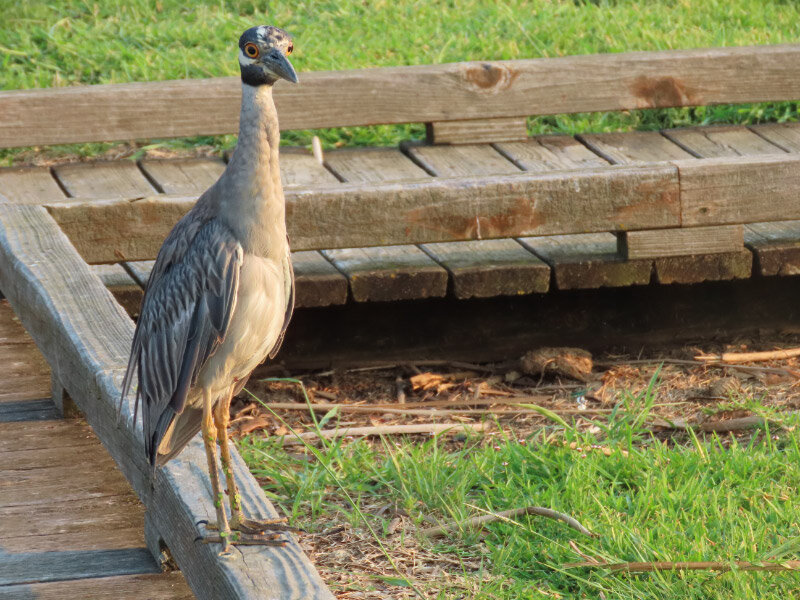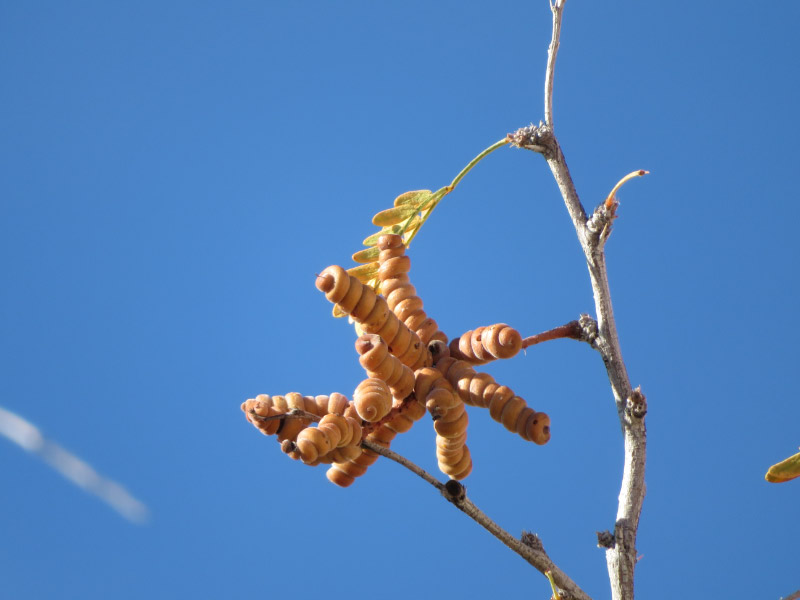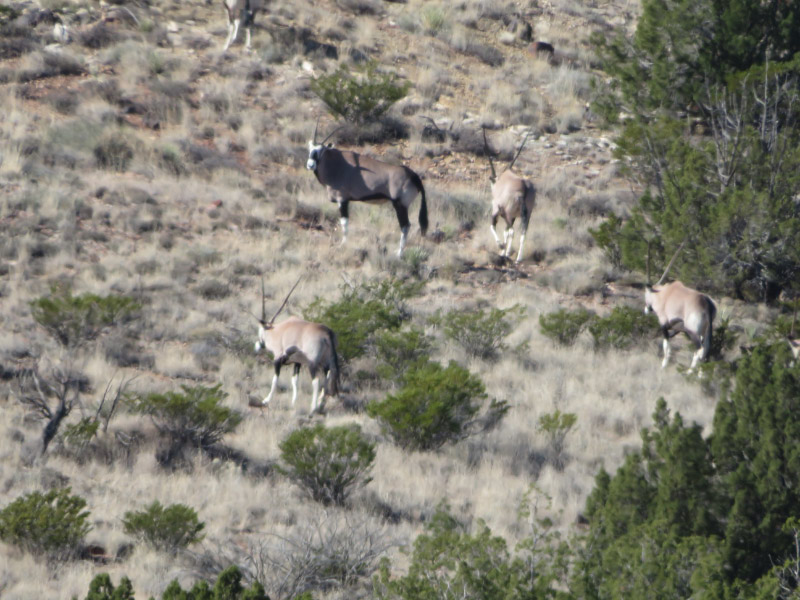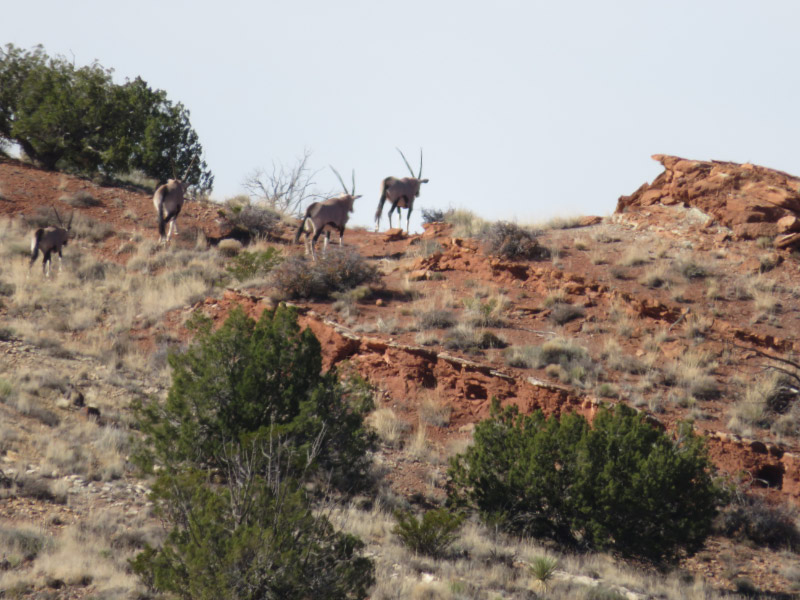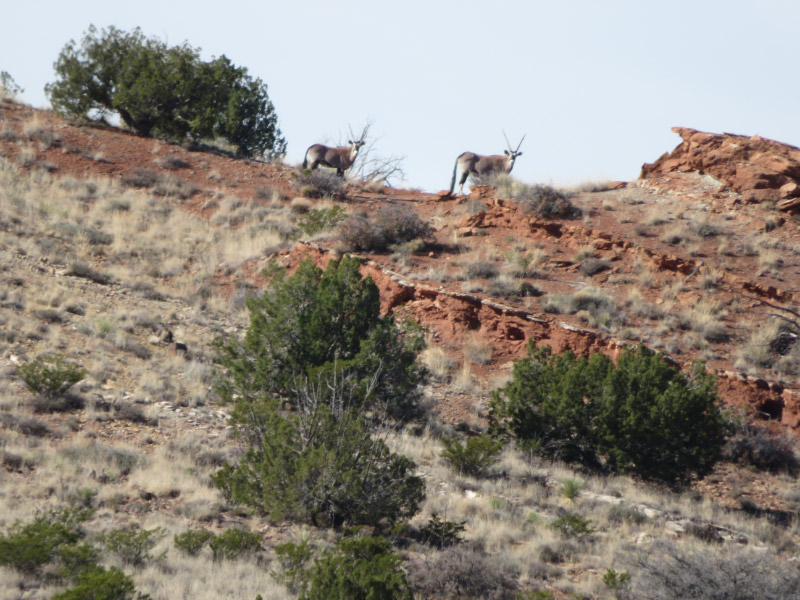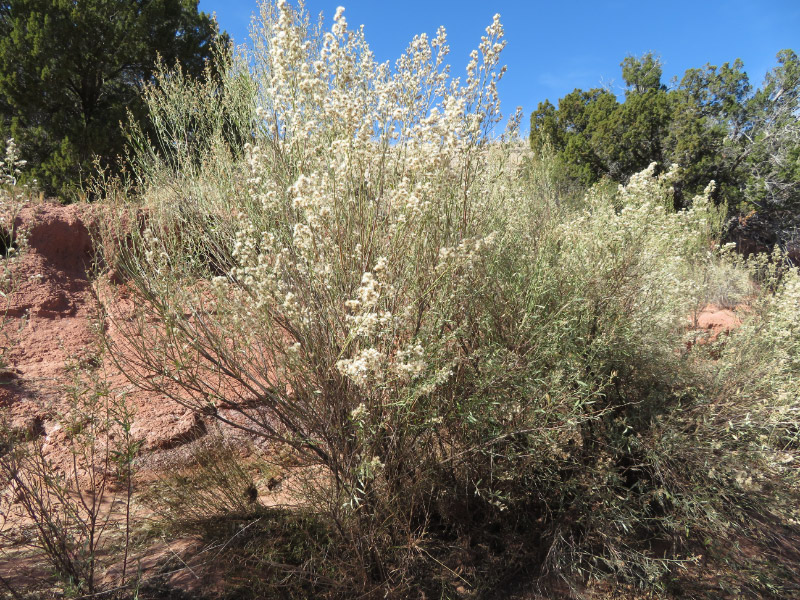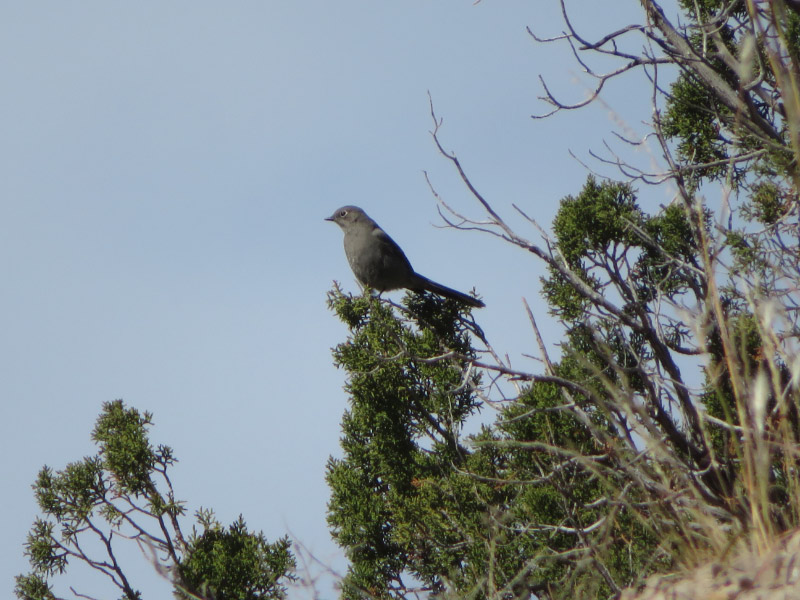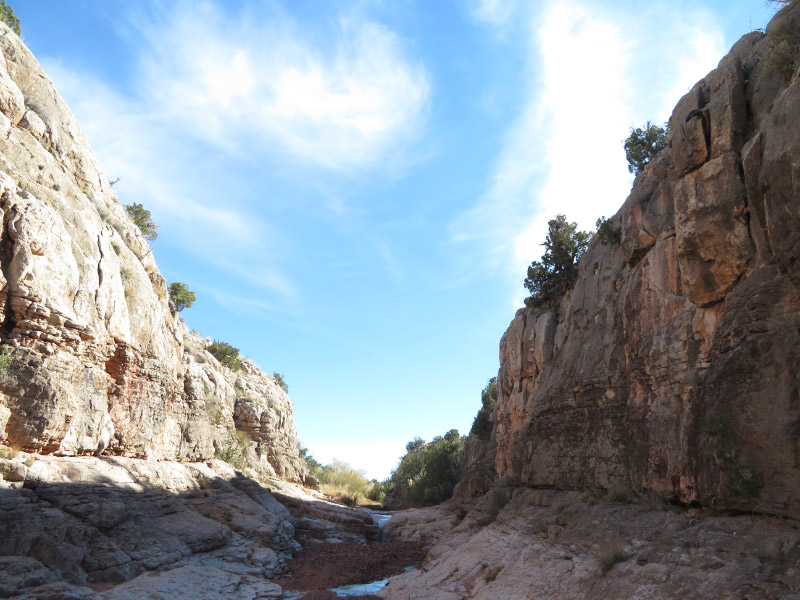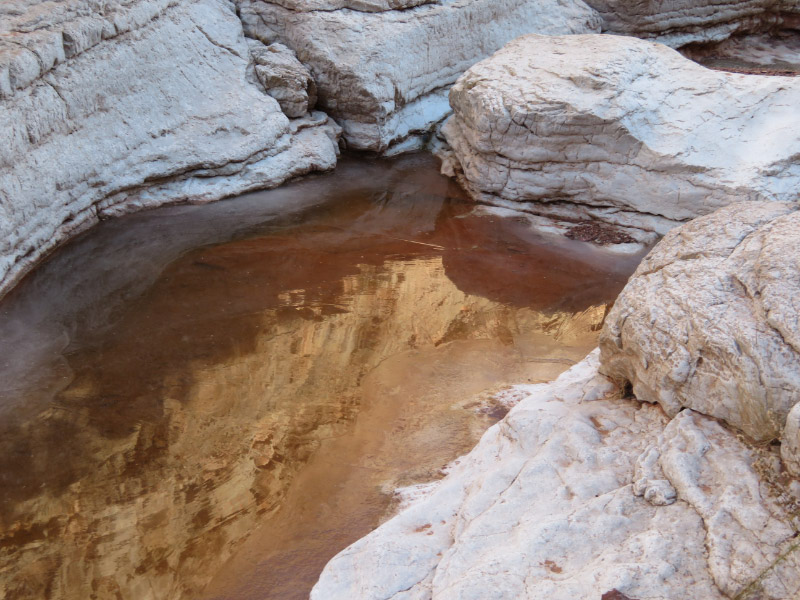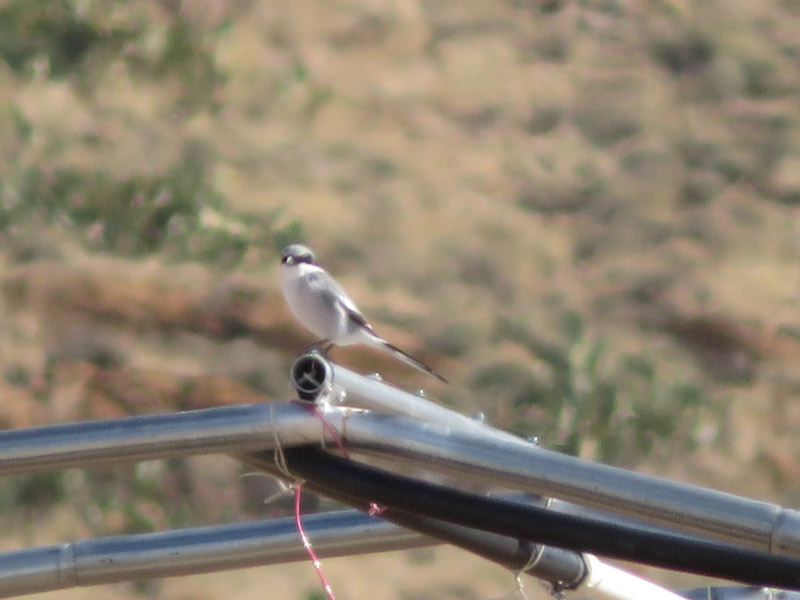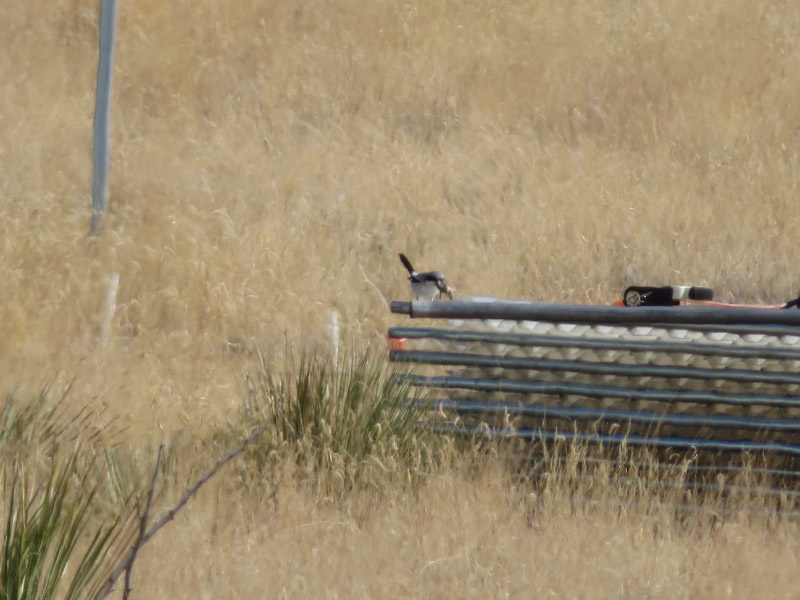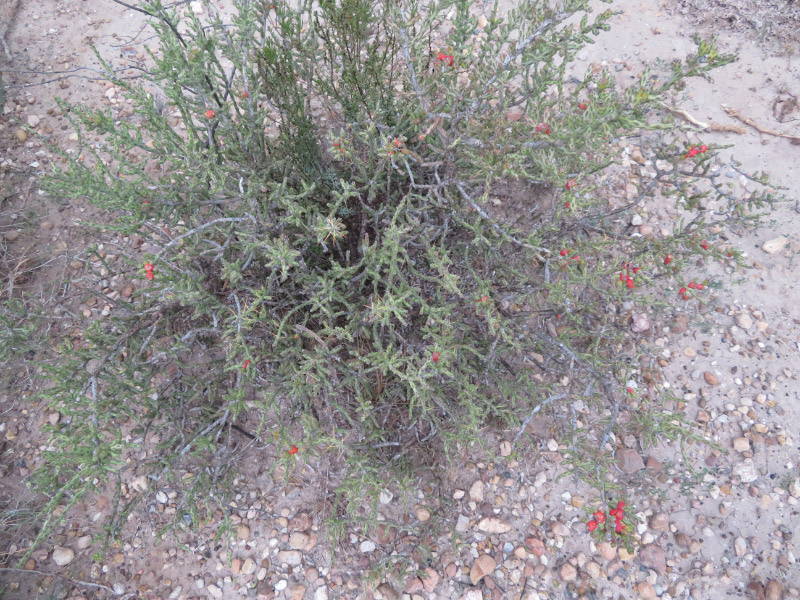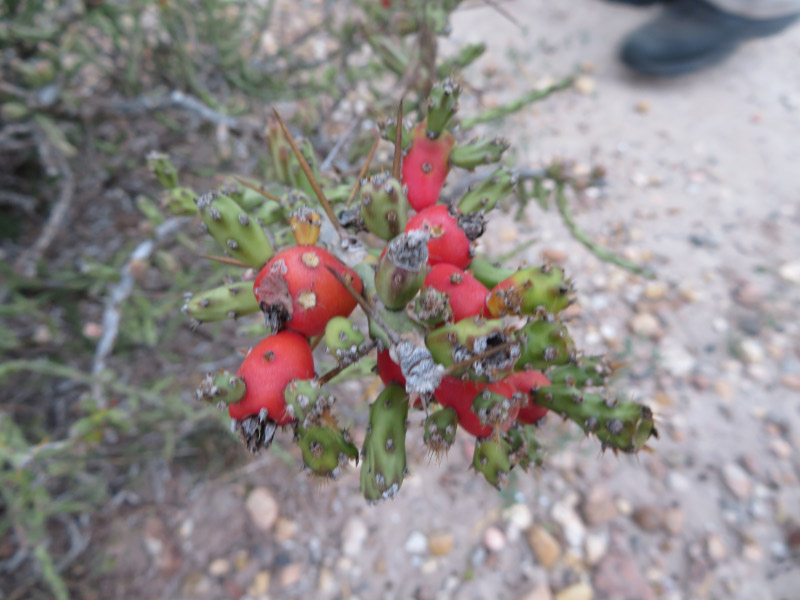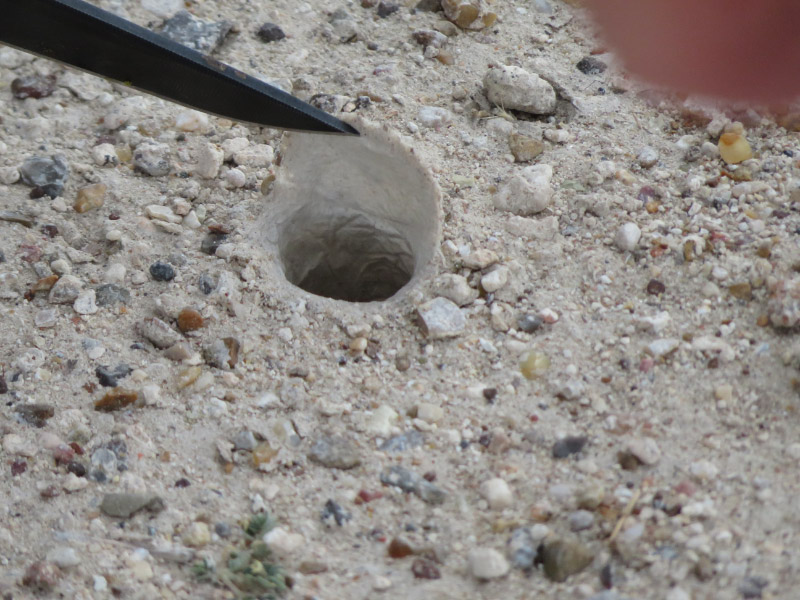Josey Ranch Birds in July – 1
/There always seem to be interesting birds at the Josey Ranch Lake in Carrollton TX. They are somewhat acclimated to people because of the walkers that frequent the circuit around the water; most people stay on the paved surface and the birds are close or in the water. I went to the lake several times over the past 2 weeks. At first, all I see are pigeons, grackles and swans. But even those birds are photogenic. There is a lot of variety in the pigeons. I use the zoom on my camera to take portraits. There was a rotating group moving out on some rocks at the lake’s edge to get a drink.
The swans appeared to be preening a lot and there were feathers that surrounded them. I wondered if they were molting.
And then I spotted a different bird – a yellow-crowned night heron! It flew up onto the boardwalk (the one that was flooded when I was in the area last May). I had seen this species before at the lake. It always surprises me how hard it is to spot. I’m usually close before I see it; this time was like that – as soon as I saw it, I stopped and took pictures. Eventually the bird became aware I was there but didn’t fly away. More pictures. Then it flew out across the water toward the morning sun.
The mesquite trees on the banks of the cattail end of the lake had beans. I was more interested in the foliage for photography….took a high key image as I made my way around to the other side of the cattails on the paved trail.
More on another bird I photographed at Josey Ranch in tomorrow’s blog post…..


